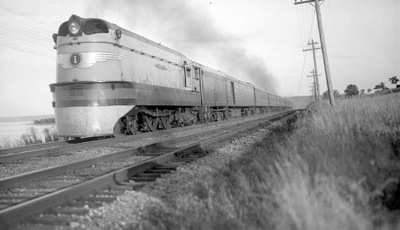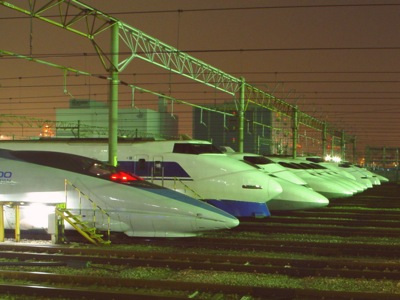Scott Adams, the creator of Dilbert, wanted to know which presidential candidates’ economic plan had the support of economists. Adams describes himself as socially liberal and fiscally conservative, and he believes economists have a worthwhile point of view if you ask them the right questions.
A medical doctor, he points out, can’t tell you whether you are going to die of a heart attack, cancer, or an auto accident. “But if a doctor tells you to eat less and exercise more, that’s good advice even if you later get hit by a bus.” In the same way, economists can’t predict where the economy will be a year from now, but they can give good advice on economic policies such as free trade.
Since no one else was asking economists for their opinions, Adams commissioned a survey of members of the American Economic Association. He reported a summary of his results to CNN. The detailed results are available in a PowerPoint file. You can read his press release about it on his blog.










